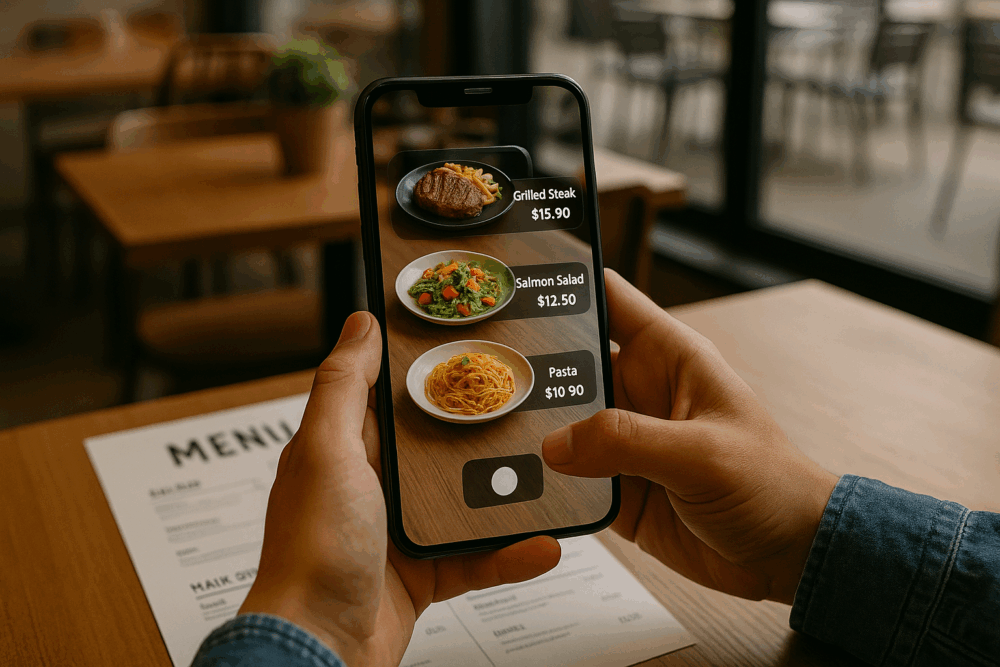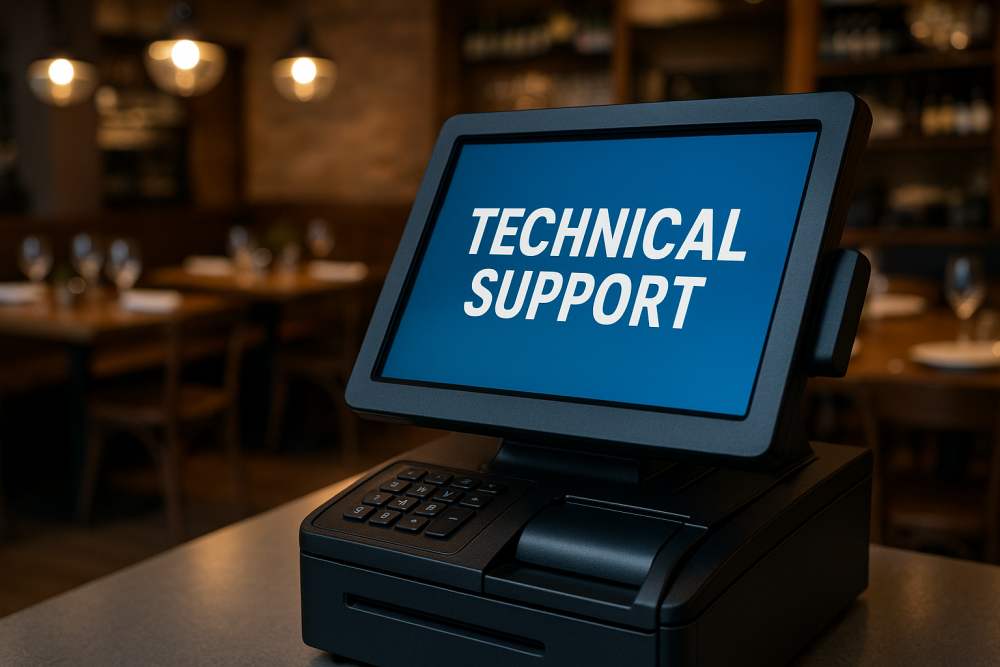



Virtual Restaurants vs Ghost Kitchens
August 22, 2023

The food industry has witnessed a remarkable transformation in recent years, with the rise of food delivery services and the increasing demand for convenient dining options. In response to these changes, two innovative concepts emerged: virtual restaurants and ghost kitchens
The food industry has witnessed a remarkable transformation in recent years, with the rise of food delivery services and the increasing demand for convenient dining options. In response to these changes, two innovative concepts emerged: virtual restaurants and ghost kitchens. While both cater to the growing online food market, they each present unique advantages and challenges for restaurateurs and consumers alike. In this blog, we’ll explore the key differences between virtual restaurants and ghost kitchens, and our take on the future of both within the restaurant industry.
Virtual Restaurants
Also known as cloud kitchens or delivery-only restaurants, virtual restaurants disrupted the traditional dining experience. These establishments operate exclusively in the digital realm, offering a specialized menu for delivery via food delivery apps and websites. Unlike brick-and-mortar restaurants, virtual restaurants do not maintain physical dining spaces, eliminating the need for costly real estate and associated overheads. Instead, they optimize their operations by leveraging existing restaurant kitchen spaces or sharing facilities with other businesses.
Pros of Virtual Restaurants:
Low Overhead Costs: Virtual restaurants can significantly reduce expenses as they do not require storefronts, waitstaff, or extensive dining area maintenance.
Menu Experimentation: Restaurants can create virtual concepts to test new cuisines or menu items without the risk and commitment associated with opening a physical location.
Targeted Audience: By catering exclusively to the delivery market, virtual restaurants can align their offerings with the preferences of online customers.
Cons of Virtual Restaurants:
Limited Brand Recognition: Operating solely within the digital landscape can make it challenging for virtual restaurants to establish brand awareness and customer loyalty.
Delivery Dependency: Virtual restaurants rely heavily on third-party delivery services, which might affect the quality of the food during transit and lead to delivery delays.
Ghost Kitchens
Ghost kitchens, also known as dark kitchens, emerged as a solution to meet the surging demand for delivery and takeout orders. These are physical kitchen spaces specifically designed to produce food for delivery, devoid of any customer-facing areas. Ghost kitchens can be operated by individual restaurant brands or third-party companies that lease out their kitchen spaces to multiple restaurants and virtual concepts.
Pros of Ghost Kitchens:
Versatility: Ghost kitchens provide a flexible platform for traditional restaurants to expand their reach and cater to delivery customers without investing in a new physical location.
Cost-Effectiveness: Renting a shared kitchen space reduces the initial investment and operational costs for businesses, making it an attractive option for startups and smaller food concepts.
Efficient Delivery: Being strategically located in high-demand areas allows ghost kitchens to optimize delivery times and ensure fresher meals for customers.
Cons of Ghost Kitchens:
Lack of Direct Customer Interaction: Ghost kitchens miss out on the valuable in-person customer engagement and brand building that traditional restaurants benefit from.
Potential Overcrowding: With multiple restaurants sharing the same kitchen space, there might be challenges in managing workflow and ensuring food quality and safety.

Our Take on the Future of Virtual Restaurants & Ghost Kitchens
This past quarter has been a tumultuous one for the food delivery space, notably, Nextbite’s layoffs and subsequent sale, UberEats removing 8,000 virtual restaurants, and Mr. Beast Burger suing VDC.
As the dust settles, it’s evident that while virtual kitchens offer enticing advantages in terms of cost efficiency and rapid deployment, the path to success is not without its obstacles. The recent shake-ups have shed light on the difficulty of maintaining consistent quality across diverse virtual concepts. Customers, discerning in their choices, have displayed a level of wariness towards entirely virtual experiences, emphasizing the enduring importance of tangible connections.
Branding, often considered the heartbeat of any culinary endeavor, has proven to be a challenging feat within the realm of ghost kitchens. Establishing a distinct and memorable identity in the absence of a physical presence demands a novel approach and a heightened focus on the digital realm.
Moreover, amidst the surge in digital transactions, the resounding preference for traditional dine-in and take-out experiences remains palpable. Customers find comfort in the familiar surroundings of brick-and-mortar establishments, seeking not only a meal but a sense of community and trust that established brands inherently offer.
In this period of reflection, the trials and triumphs of the food delivery space beckon us to reevaluate the equilibrium between innovation and tradition. The journey ahead calls for a meticulous fusion of technological prowess, culinary excellence, and an unwavering commitment to building enduring relationships. As the industry forges ahead, the lessons from this tumultuous quarter will serve as guiding beacons, illuminating the path toward a more resilient and customer-centric future.
While the unit economics work better for lower initial capital investments, quality has proved to be difficult for most concepts, customers are weary of virtual concepts and branding is difficult to establish with ghost kitchens. Additionally, while digital transactions have risen, it’s clear that many customers still prefer dine in and take out occasions, which they additionally are more comfortable with from brands that have a brick and mortar.
Johnathan Chen, 5&5 Co-founder | Chief Strategist









